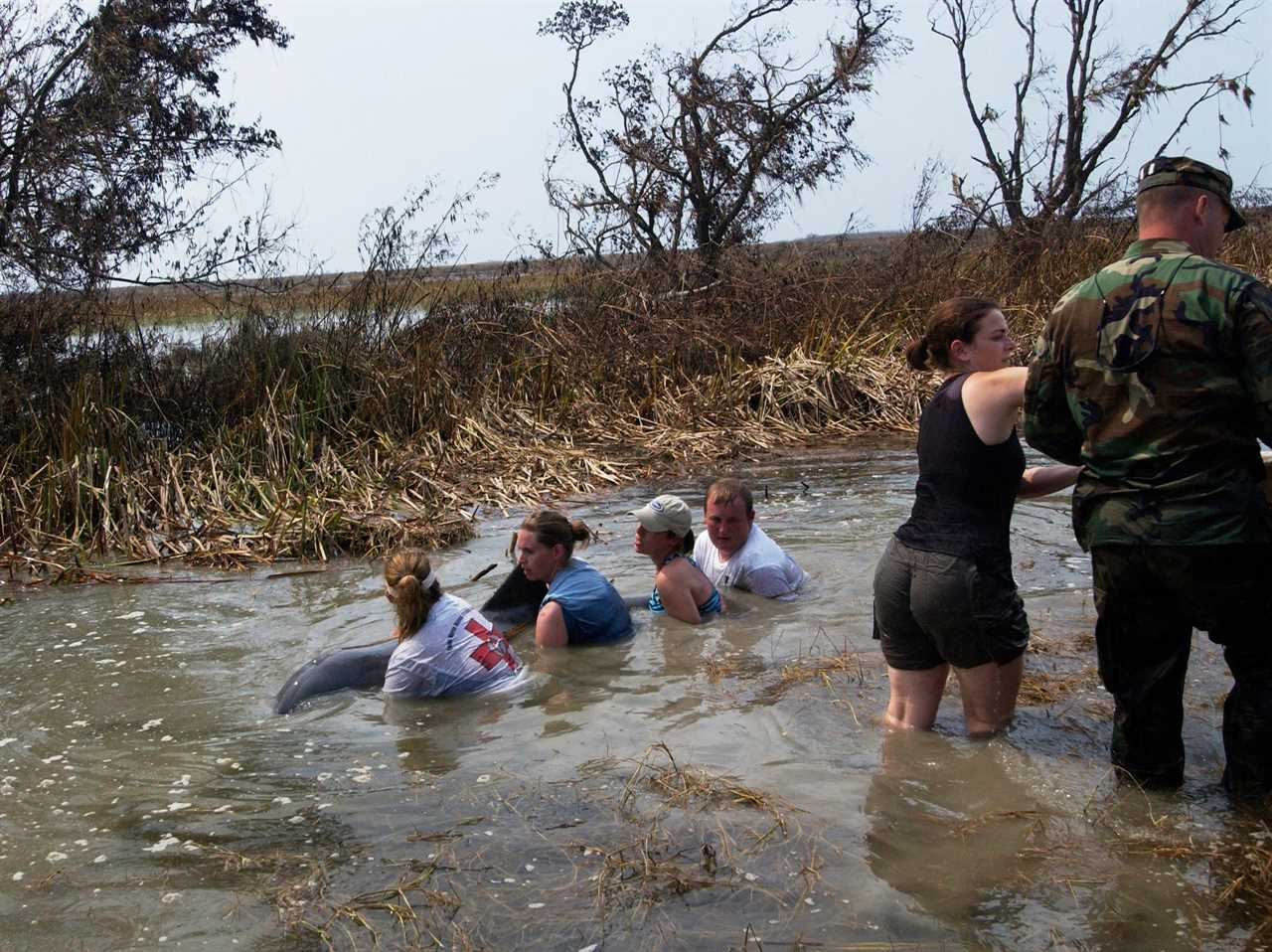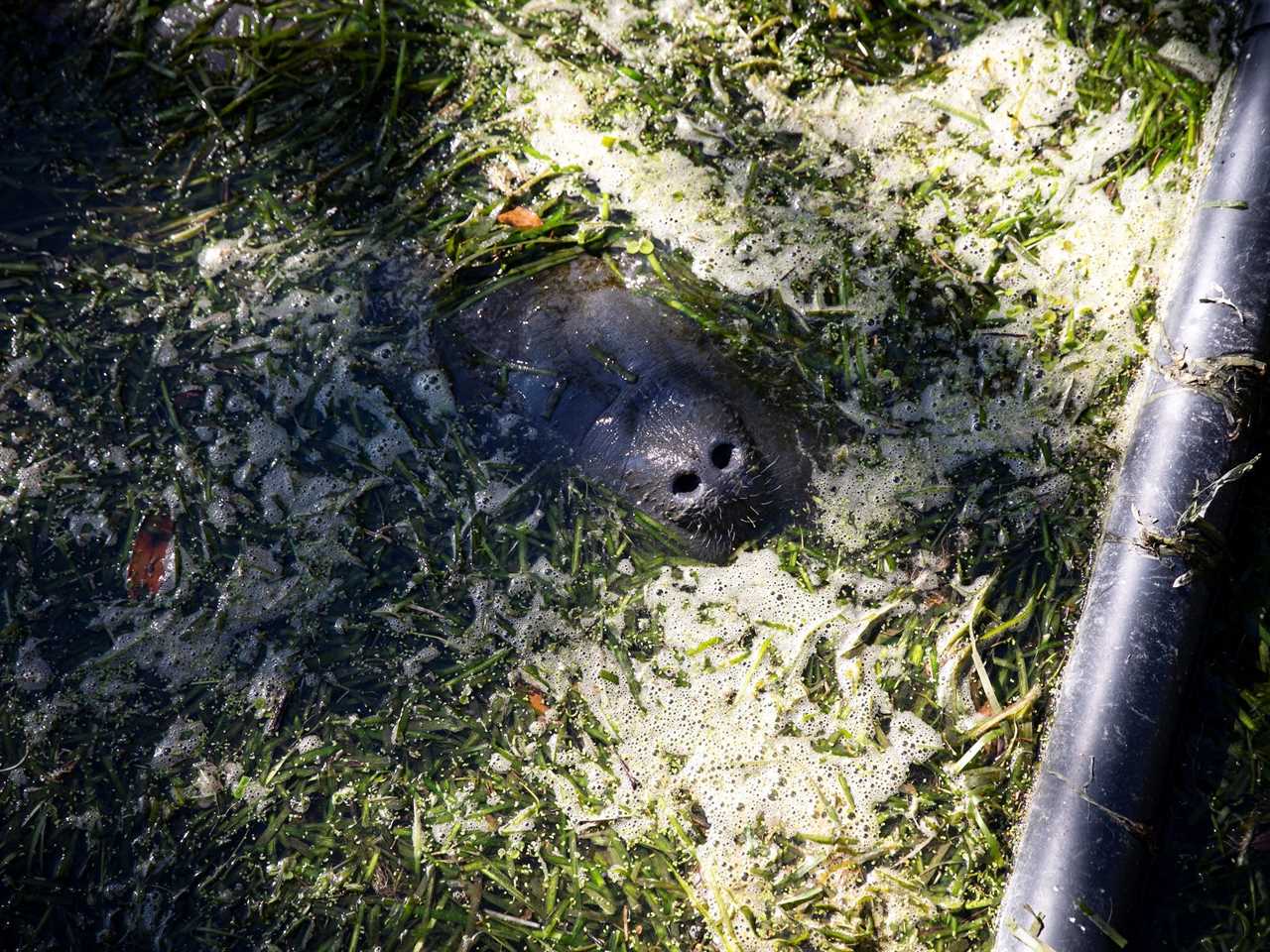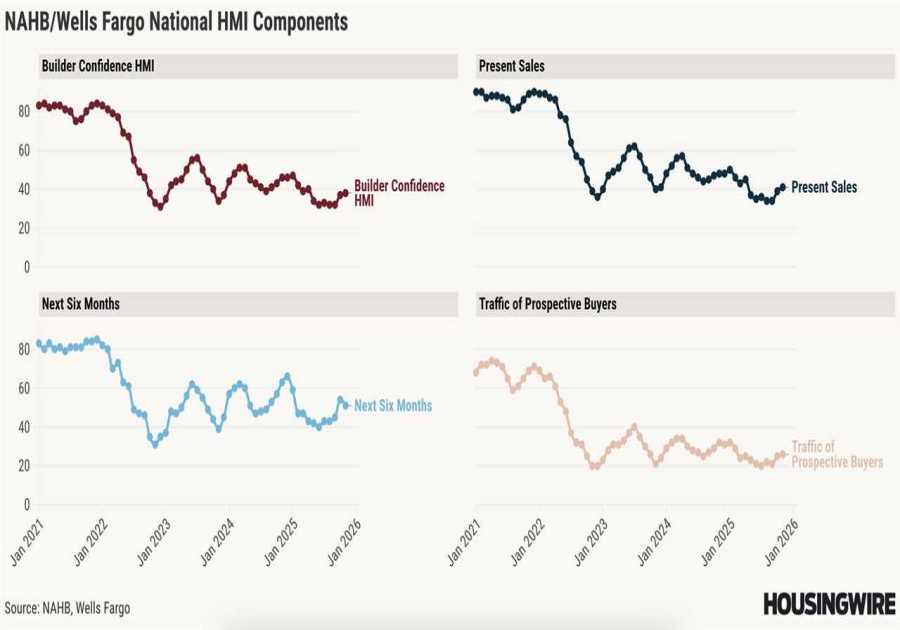Reinhard Dirscherl/Getty Images
- Hurricanes affect marine life differently, depending on whether they can move or are stationary.
- Marine mammals and fish often head for deeper water, but seagrass and oysters have to stay put.
- After a hurricane, increased levels of freshwater, bacteria, and debris can also harm marine life.
When strong hurricanes hit land, the uprooted trees, destroyed homes, and other devastation are highly visible. What happens in the marine environments where they churn water and disrupt sediment isn't always as obvious.
A vast array of marine life lives along the Florida peninsula, the US state where hurricanes make landfall most often. The Florida Keys have coral reefs. Near the panhandle, there are temperate marshes and seagrass meadows. And the plants and animals in these various regions respond differently to hurricanes.
And not all hurricanes have the same effects, said Melissa May, an assistant professor of marine biology at Florida Gulf Coast University.
A storm surge can act like an unusually high tide and leave some marine environments relatively undisturbed during the hurricane itself, she said.
But a storm's aftermath can have its own devastating effects, from changes in salinity to an influx of sediment and bacteria.
What happens to marine life during a hurricane?
In a typical year, about 10 hurricanes will develop in the Atlantic basin, which includes the Atlantic Ocean, Gulf of Mexico, and Caribbean Sea, according to the National Oceanic and Atmospheric Administration.
The force of a hurricane can create 60-foot waves that churn together cold water from the depths with the warmer surface water. Its currents can stir up sediment as deep as 300 feet, according to NOAA.
Many marine mammals and fish can move to deeper, calmer waters. Researchers followed the movements of blacktip sharks during a 2001 tropical storm and found they left the area before it made landfall and returned after five to 13 days.
Scientists have hypothesized that lower barometric pressure, temperature changes in the water, and similar cues alert fish that a storm is imminent. A 2019 study found that increased waves at the surface stirring water at the seafloor prompted gray triggerfish to move to deeper water before hurricanes.
If dolphins and other marine mammals don't manage to escape the path of the hurricane, they can become trapped in ponds, levees, and other freshwater habitats where they can't survive.

Reuters
Hurricanes can be deadly for fish, too.
After 1992's Hurricane Andrew, an estimated 9.4 million saltwater fish died, the US Geological Survey found. Sediment may have clogged their gills or the pressure changes may have formed deadly nitrogen gas bubbles in their blood.
The same storm swirled sediment in freshwater environments and turned the water anoxic, meaning oxygen-deficient. An estimated 187 million fish died in Louisiana.
Hurricanes also impact stationary or slow-moving marine life. After hurricanes, "seagrass beds and oyster reefs have been buried by shifting sediment," said Valerie Paul, head scientist at the Smithsonian Marine Station, in an email to Insider. "If you have lots of storm surge and wave action, that can physically uproot the seagrass," May said.
Hurricane Ian swept almost 250 baby sea turtles to shore, and the Brevard Zoo's Sea Turtle Healing Center housed them until they could be re-released.
Some corals rely on waves to break them up and distribute them to new parts of the ocean. Hurricanes can also bring in cooler water and help offset some of the effects of coral bleaching — when too-warm water causes corals to purge the symbiotic algae that provide oxygen and waste removal. But overly strong waves can break up and kill corals, too.
What happens to the ocean after a hurricane?
After a powerful storm subsides, litter and waste can remain in bodies of water for months or even longer.
"There was a lot of debris with Hurricane Ian in our estuaries," May said. Dozens of cars and boats leaked gasoline and other chemicals into Estero Bay.
Sewage can also make its way into waterways, bringing with it bacteria like enterococcus and E. coli, May said.
Rain and flooding from hurricanes also bring an influx of freshwater to marine environments. "This can be stressful to any organisms that don't handle large changes in salinity," Paul said.
Marine life can often tolerate some changes in salt concentrations but not drastic or long-term alterations. For example, alligators on Sanibel Island, which Hurricane Ian hit hard, were affected by the saltier ocean water the storm brought on land.
"Although alligators can tolerate salt water for a time, they cannot live in it indefinitely," according to the Sanibel-Captiva Conservation Foundation's Chris Lechowicz.
On the other hand, marine dolphins can only live in freshwater for a short time without suffering serious effects. Overexposure to freshwater after Hurricane Katrina may have caused a deadly skin disease in bottlenose dolphins.
Freshwater has other effects, too. "Rivers tend to have a lot more sediment than ocean water, and they tend to have a lot higher concentrations of nutrients from coastal runoff," May said.
If a hurricane pushes river water into the marine system, it creates favorable conditions for the formation of large algae blooms.

Marco Bello/Reuters
"There are these cascading effects from the hurricane," May said. For example, algal blooms after Hurricane Ian didn't allow sunlight to reach the seagrass, a primary food source for manatees. This put stress on an already threatened population of sea cows in Florida.
Hurricanes are natural events, May pointed out. "Our ecosystems are actually designed every once in a while to kind of get wiped out," she said. But they also need sufficient time to recover before the next one comes along.
Climate change may not increase the number of hurricanes, but it could make them more intense, according to NASA, with higher storm surges and more flooding, both of which are bad news for ocean life.
Read More
By: [email protected] (Jenny McGrath)
Title: What happens to sharks, dolphins, alligators, and other marine life during a hurricane? Experts explain why the storm's aftermath is often more deadly
Sourced From: www.businessinsider.com/hurricane-effects-environment-marine-mammals-fish-plants-2023-9
Published Date: Mon, 04 Sep 2023 09:20:01 +0000
.png)





